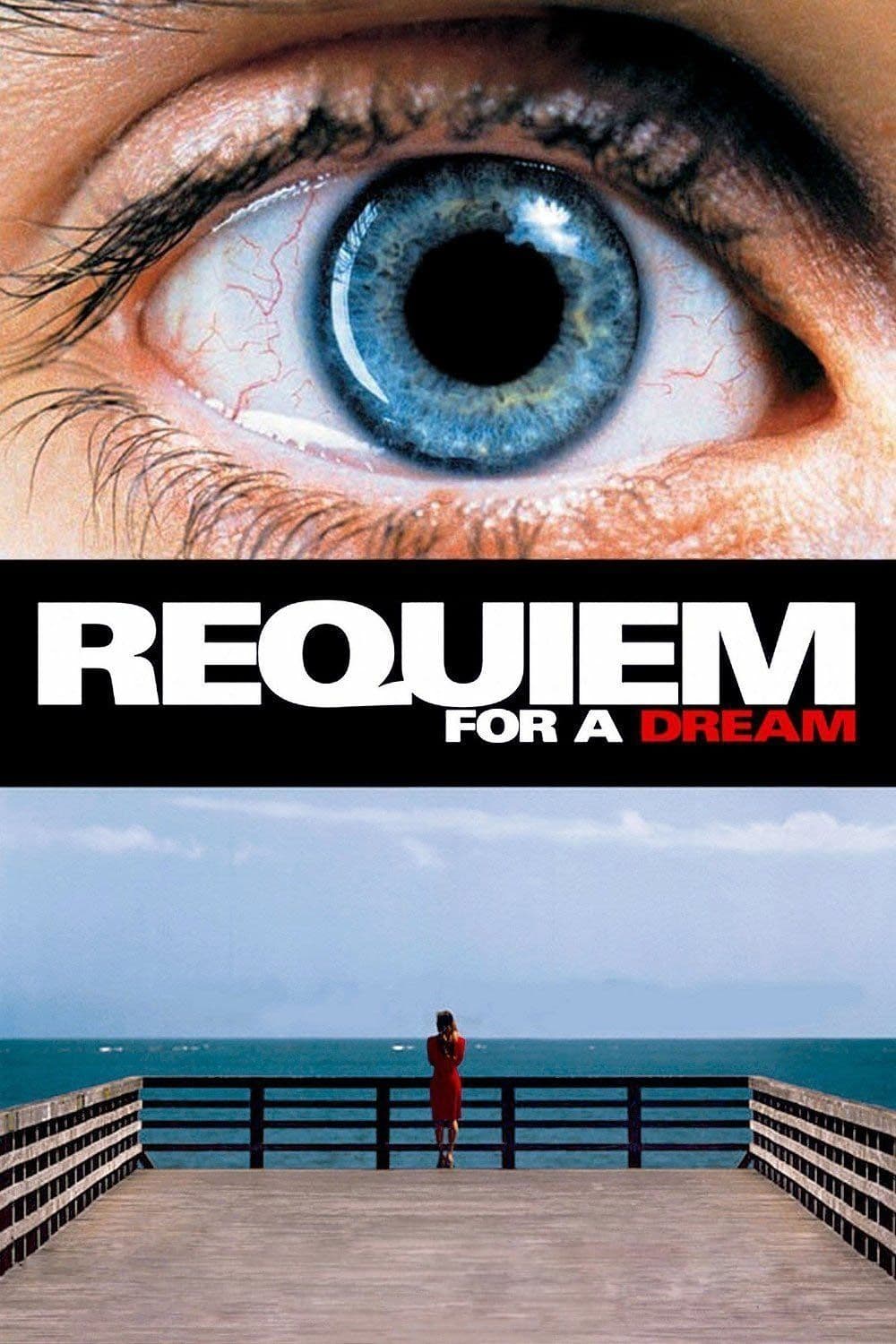
Requiem for a Dream
2000
Rate this movie
Average: 0.00 / 5
(0 votes)
Director
Darren Aronofsky is an emerging director here with his second feature, already the author of the notable debut work Pi – The Theorem of Delirium. With Requiem for a Dream, Aronofsky not only confirms but elevates his peculiar cinematic language, forged by an almost mathematical sensibility for obsessive structures and a visceral inclination for exploring human psychoses. If in Pi the delirium was intellectual, stemming from the search for a higher order in numerical chaos, here it manifests as a far more earthly and tangible descent, a spiral of self-destruction dictated by addiction and the corrosion of the American dream.
In this film, his camera plunges into the mire of a derailed life, an existence where drugs play a primary role, polluting every other feeling. But it would be reductive to confine Requiem for a Dream to a mere anti-drug cautionary tale; it is, rather, a relentless allegory of addiction in all its forms – from the hunger for television success to the craving for easy money, from the search for acceptance to the illusion of control – and the aberrant price an individual pays for chasing ephemeral happiness or escaping an unsustainable reality. Aronofsky's camera acts like a surgical scalpel, mercilessly incising the raw flesh of characters trapped in a web of unattainable desires and self-imposed illusions, transforming the film into a sensory experience as disturbing as it is hypnotic.
A film that digs into the darkness, bringing to light fragments of visions, frenzied flashbacks, uncertain and hazy memories. The entire visual system is designed to replicate the perceptual alteration induced by addiction: from hyperrealistic close-ups of substance preparation and ingestion, almost an obsessive ritual, to the "hip-hop montage" sequences – rapid successions of fragmented and distorted details, accompanied by a sound design that amplifies every tic and jolt – which catapult the viewer into the characters' hallucinated subjectivity. The underlying impression of extreme uncertainty and eternal sensory instability remains, a perpetual state of alteration that grants no respite to either the gaze or the psyche. This radical stylistic choice, partly borrowed from experimental cinema and video art, transcends mere aesthetics to become an essential narrative component, a vehicle for conveying inexorable psychophysical disintegration.
The film is divided into three parts titled: Summer, Fall, and Winter. This seasonal tripartite division is not merely a structural device, but a powerful metaphor for the protagonists' ineluctable downward spiral. Summer represents the flourishing of illusions, a period of ephemeral hope and initial prosperity, almost an Eden before the fall. Autumn marks the beginning of decomposition, the slow and progressive crumbling of certainties, while winter is the final desolation, the frost of a brutal and irreversible reality. It is a decline reminiscent of the structures of a Greek tragedy, where inexorable fate leads the characters to their catastrophic destiny, but here catharsis is absent, replaced by a bitter and desperate nihilism.
In the first part, the four main characters are introduced: Sara, a desperate housewife lost in her dream of appearing on TV in her favorite show; her son Harry, a drug addict living by his wits; his girlfriend Marion; and his friend Tyrone. Ellen Burstyn's performance as Sara Goldfarb is a masterclass in physical and psychological transformation, a heartbreaking portrait of a woman who, though not a "junkie" in the common sense, becomes enslaved by television and a diet of amphetamines, deluding herself that she can regain a youthful figure for much-desired social acceptance. Likewise, Jared Leto (Harry), Jennifer Connelly (Marion), and Marlon Wayans (Tyrone) deliver performances of rare intensity, embodying archetypes of lost youth, shattered dreams, and desperate choices.
At first, things seem to go well: Sara receives an invitation for an audition for her show, and Harry, along with Tyrone, sets up a drug dealing operation that yields good returns. Their dreams are tangible and, for a brief period, seem almost within reach: notoriety for Sara, money and an easy life for Harry and Tyrone, an art studio for Marion to cultivate her artistic aspirations. But it is a false dawn, a precarious illusion destined to dissolve at the first breath of reality's wind.
Then, inexorably, things begin to rot. Sara, in her desperate attempt to lose weight for a television audition that becomes her sole reason for living, takes amphetamines prescribed by an unscrupulous doctor and becomes pathologically dependent on them. Her escalation is terrifying, transforming her into a skeletal and hallucinated figure, a victim of a system that capitalizes on vanity and loneliness. Meanwhile, the spiral for Harry, Tyrone, and Marion intensifies: Harry has to pay bail for Tyrone, who ended up in prison, squandering all their accumulated earnings, while the desperate search for drugs and money pushes Marion into prostitution, demolishing every trace of her purity and ambitions. The film does not sugarcoat it, showing with almost documentary-like rawness the physical and emotional consequences of addiction, from the lesions on Harry's arm to Marion's moral degradation, forced to humiliate herself for mere pennies.
In the film's finale, the four characters meet their tragic fates, each succumbing in their own way to the vortex of their vices. It is an epilogue of unheard-of emotional violence, in which each character reaches their point of no return, their symbolic "death" and, in some cases, literal death. Sara ends up in an asylum, lobotomized and reduced to a vegetative state, her mind destroyed by hallucinations and drugs. Harry undergoes arm amputation, a victim of an incurable infection, losing not only a limb but all remaining hope. Tyrone rots in prison, a victim of abuse and racial humiliation. And Marion, in a haunting image, is reduced to a sex slave, sold and exploited, her soul completely annihilated. There is no redemption, no catharsis, only a relentless descent into the abysses of despair.
A notable work both from the stylistic exercise and innovative narration perspective, Jay Rabinowitz's editing is frantic and hallucinatory and is one of the most striking elements of the film. Aronofsky's direction, aided by Matthew Libatique's masterful cinematography and Clint Mansell's iconic soundtrack – whose "Lux Aeterna" has become almost more famous than the film itself – creates an immersive and traumatic experience. The relentless pace, the compulsive use of split screen to show simultaneous actions of the characters, the extreme close-ups that capture every minimal expression or bodily alteration, and the skillful use of sound to amplify anxiety and paranoia, make Requiem for a Dream a real punch to the gut. The editing is not just a means of storytelling, but becomes the very language of delirium, an extension of the protagonists' shattered minds.
Aronofsky seems interested in the inexorable process of drift that the four lives undergo, and he follows their disintegration with morbid voyeurism. But this "voyeurism" is not an end in itself; it is a lens through which to examine the fragility of the human psyche and the corrosiveness of addictions, be they chemical, psychological, or social. The film does not judge, but shows, with an almost clinical brutality, the ultimate consequences of a society obsessed with consumption, easy success, and escapism. It is a macabre dance on the tightrope between dream and reality, between desire and self-destruction, a work that forces us to confront the darkest and most vulnerable side of the human condition.
A sense of profound bitterness pervades the entire film, and a distant counterpoint of inevitable defeat dots the narrated events from the first to the last frame. Requiem for a Dream offers no escape routes, no easy consolations. It is an elegy for shattered dreams, a funeral lament for broken lives, a visceral warning about self-abandonment. Its strength lies precisely in its merciless honesty, in its ability to evoke a profound and lasting unease, leaving the viewer with a bitter but necessary aftertaste, the sensation of having witnessed something more than just a film, but rather a cathartic and terrifying experience about the abyss of the human condition.
Genres
Country
Gallery


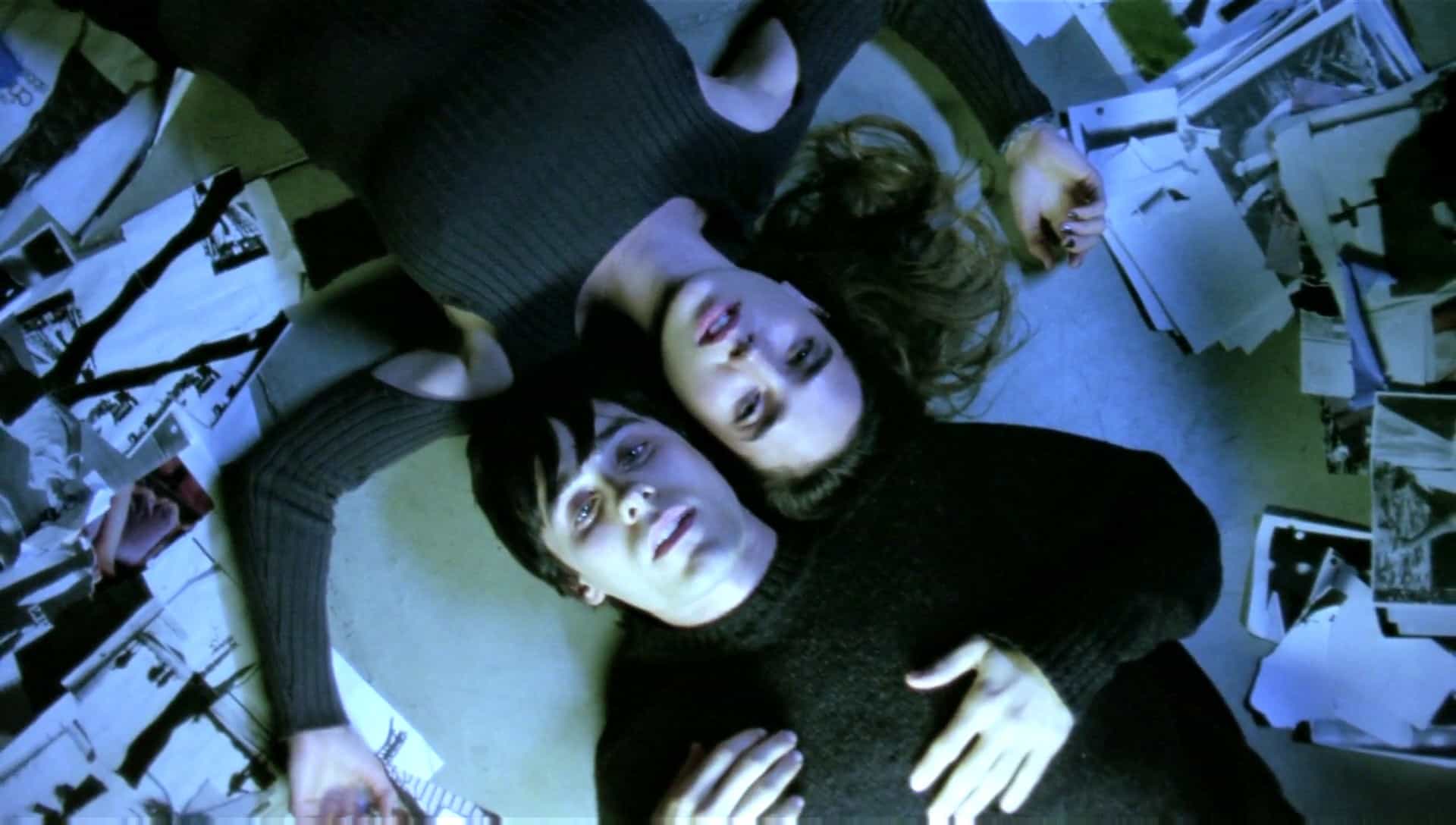


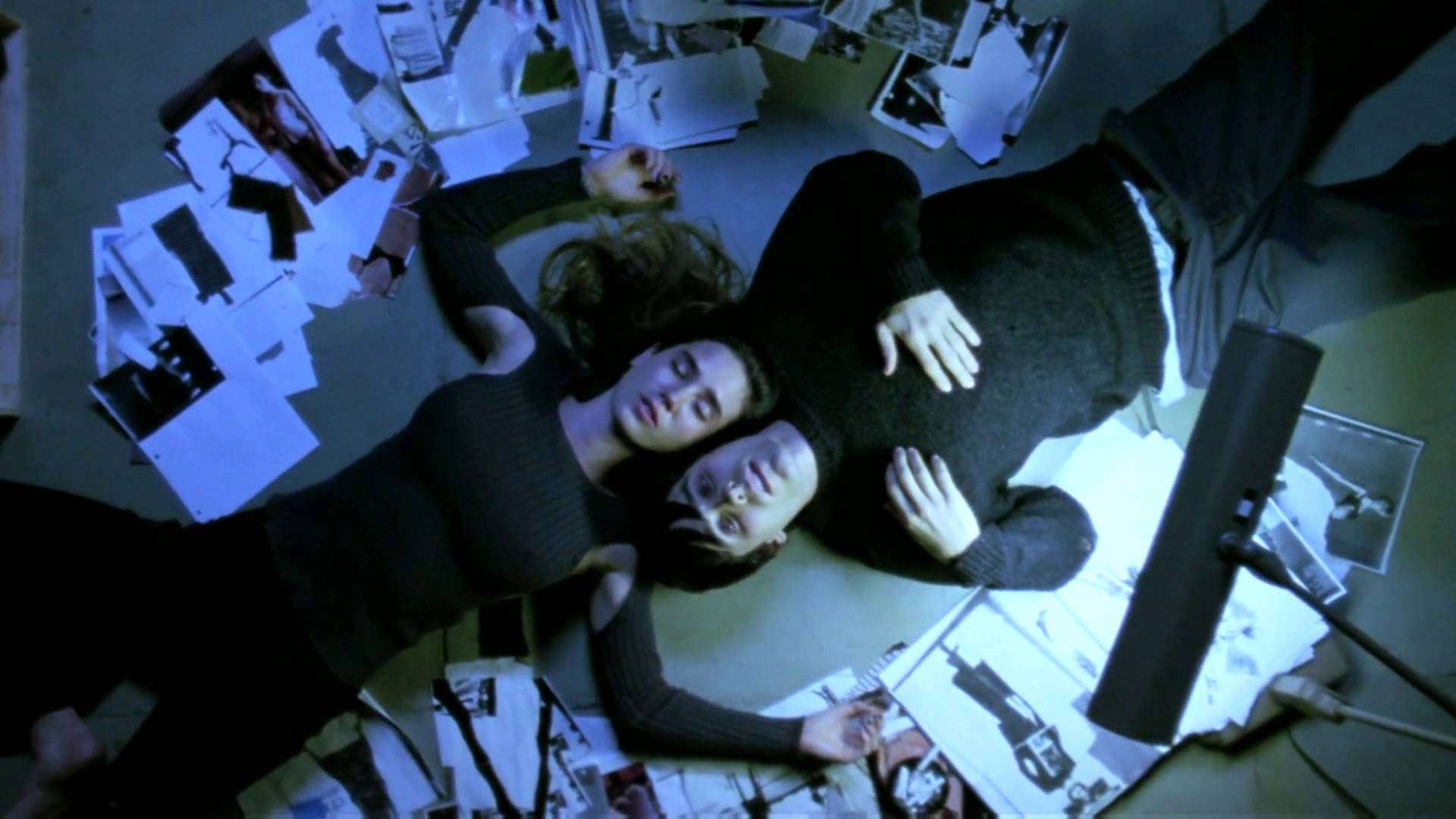
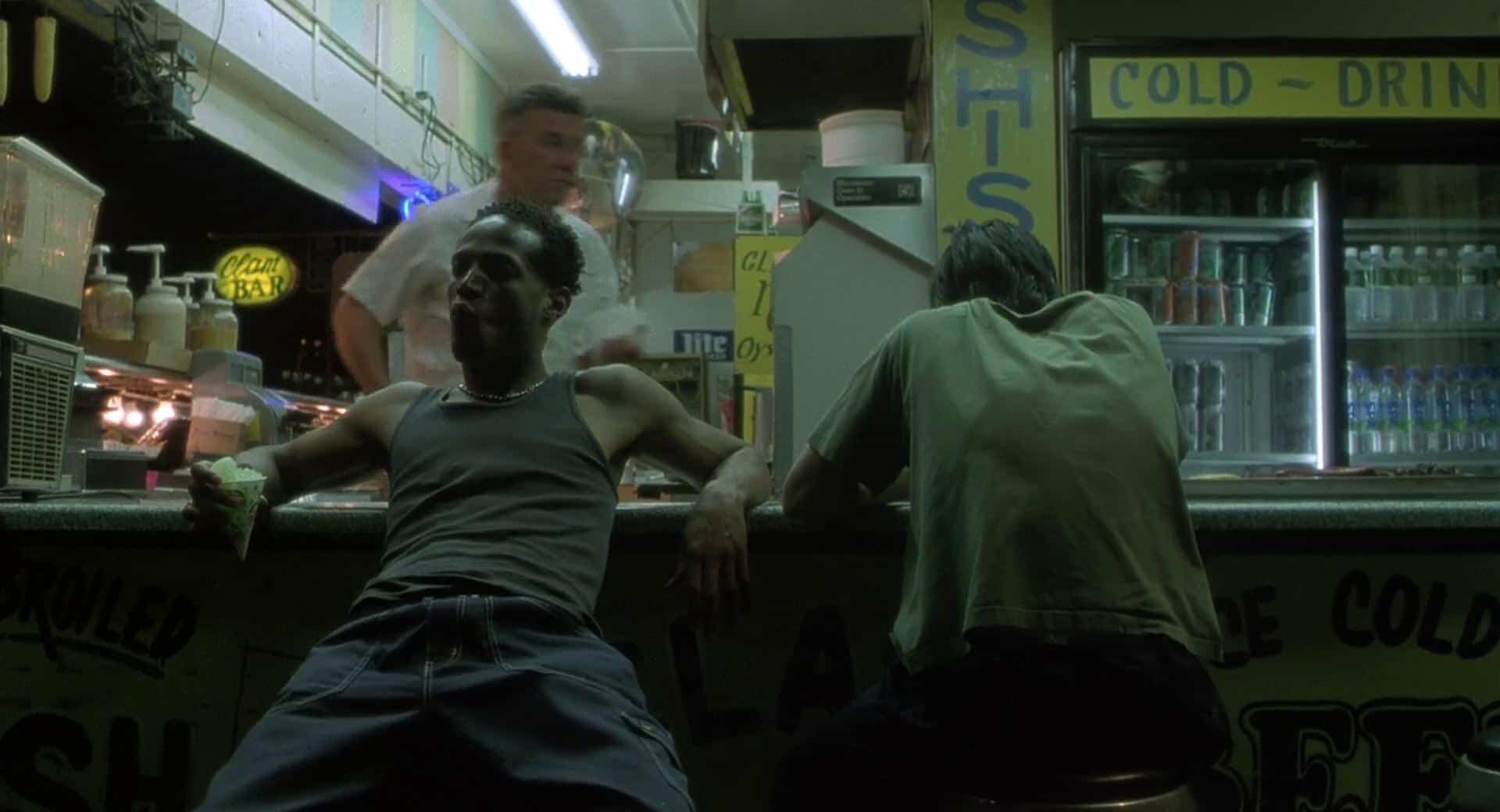
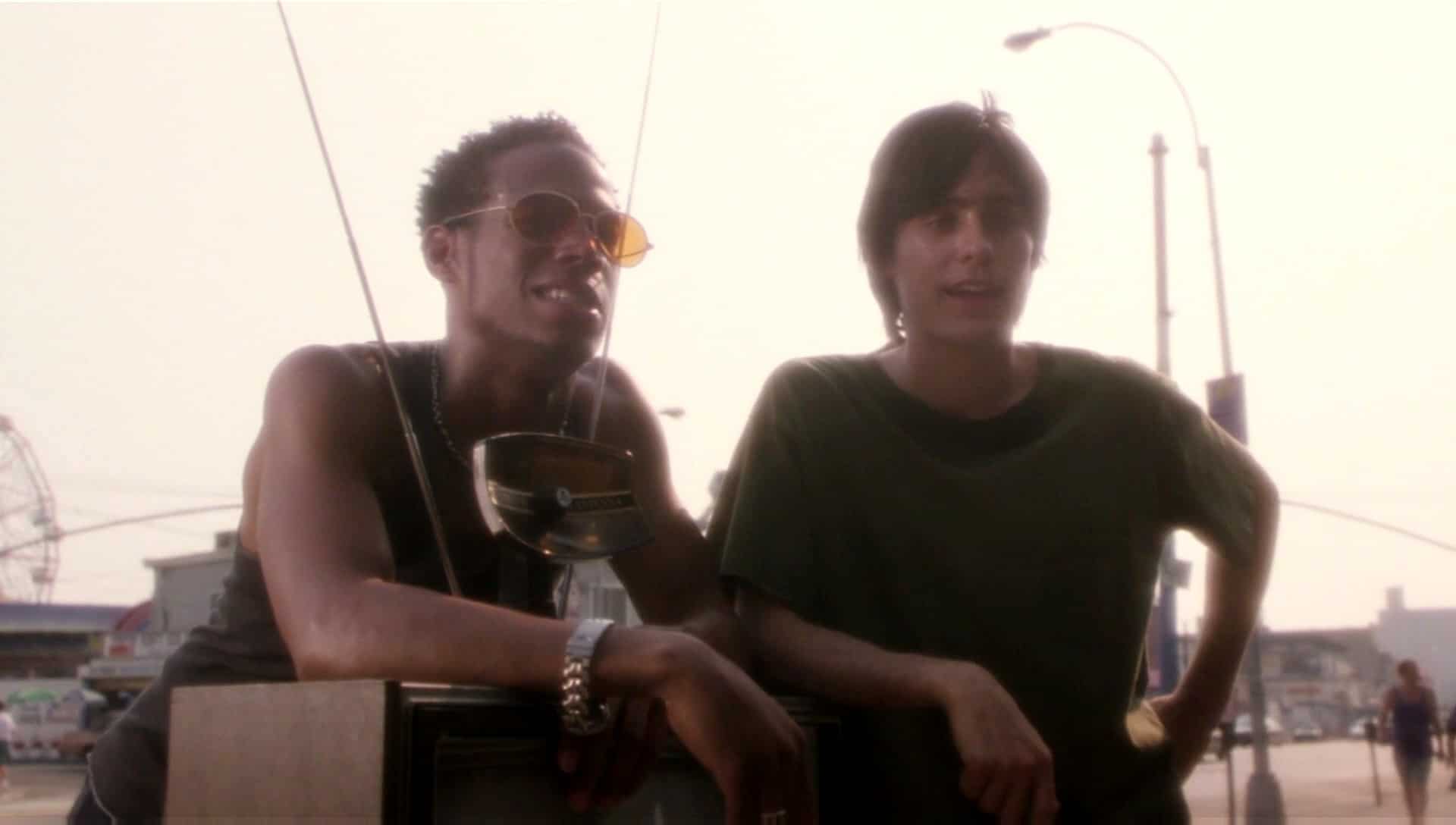
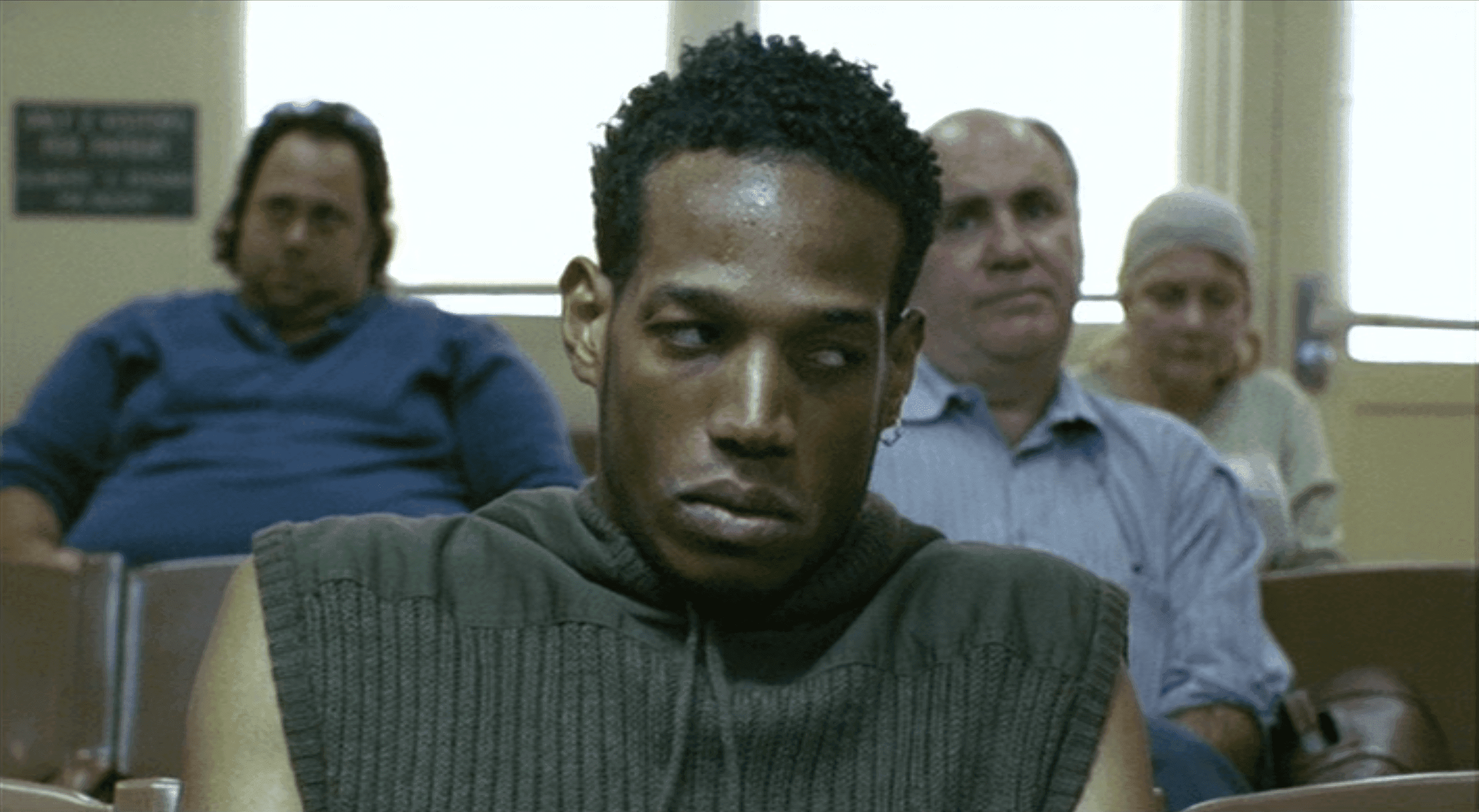

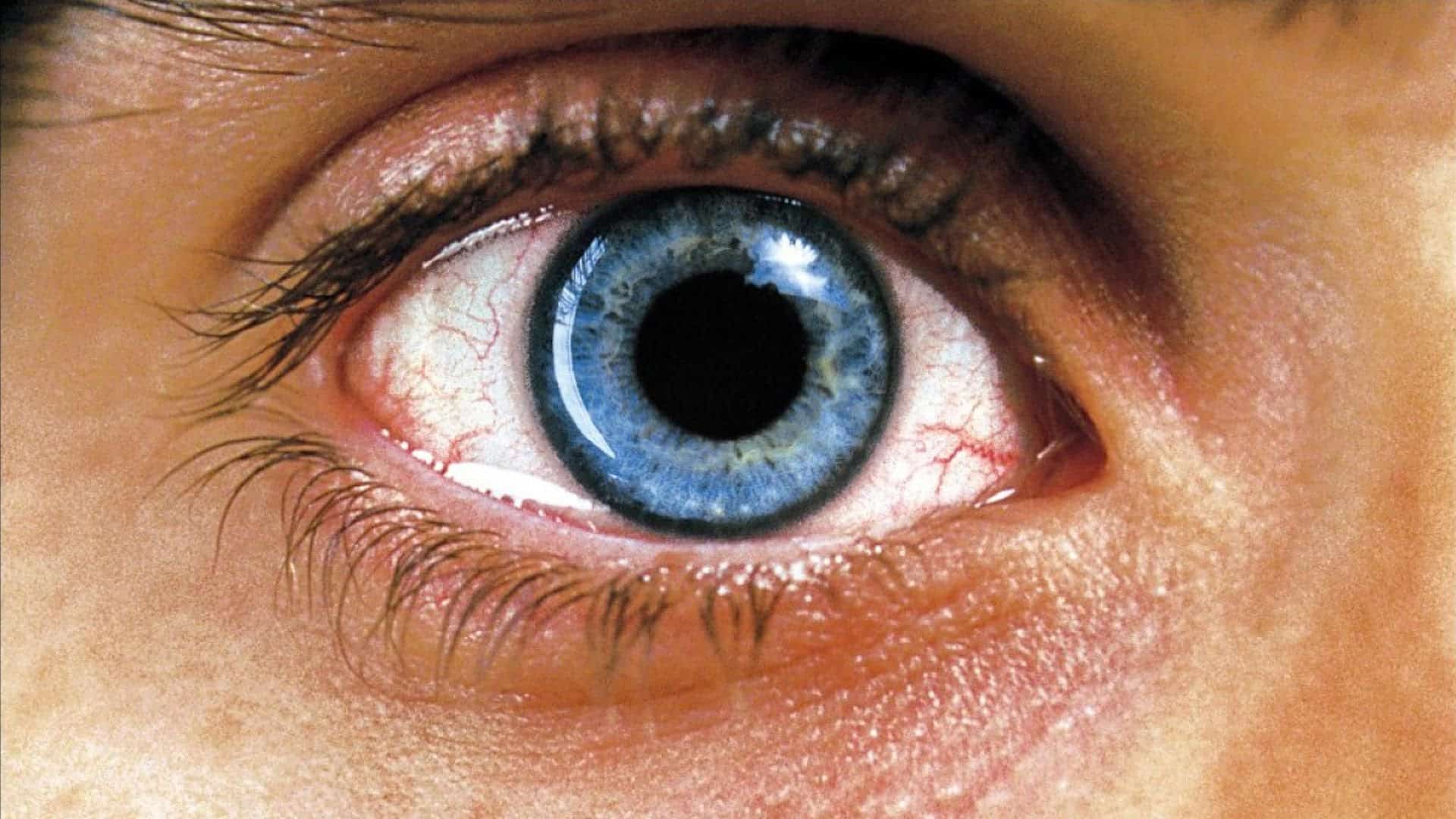
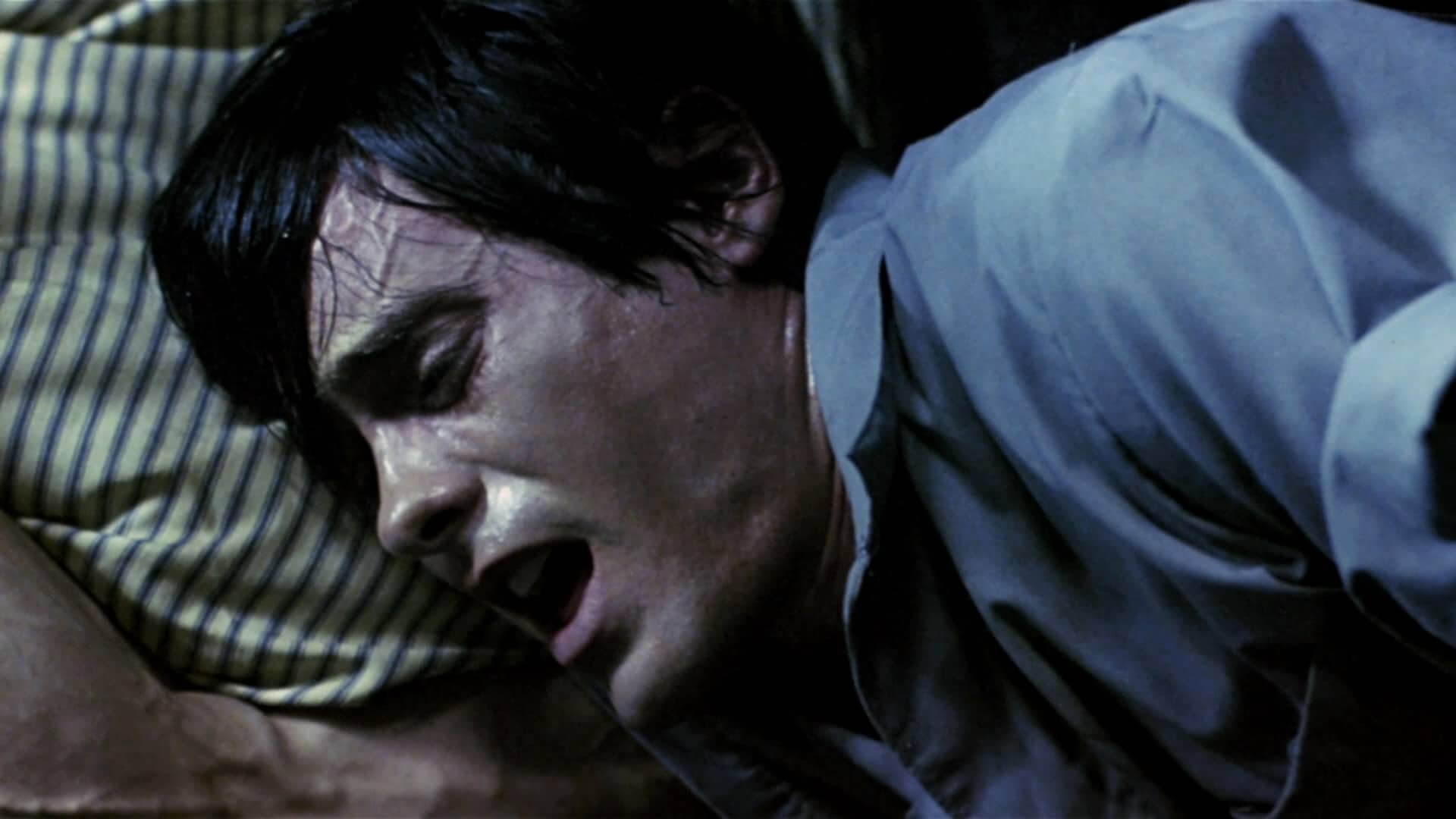
Featured Videos
Official Trailer
Comments
Loading comments...